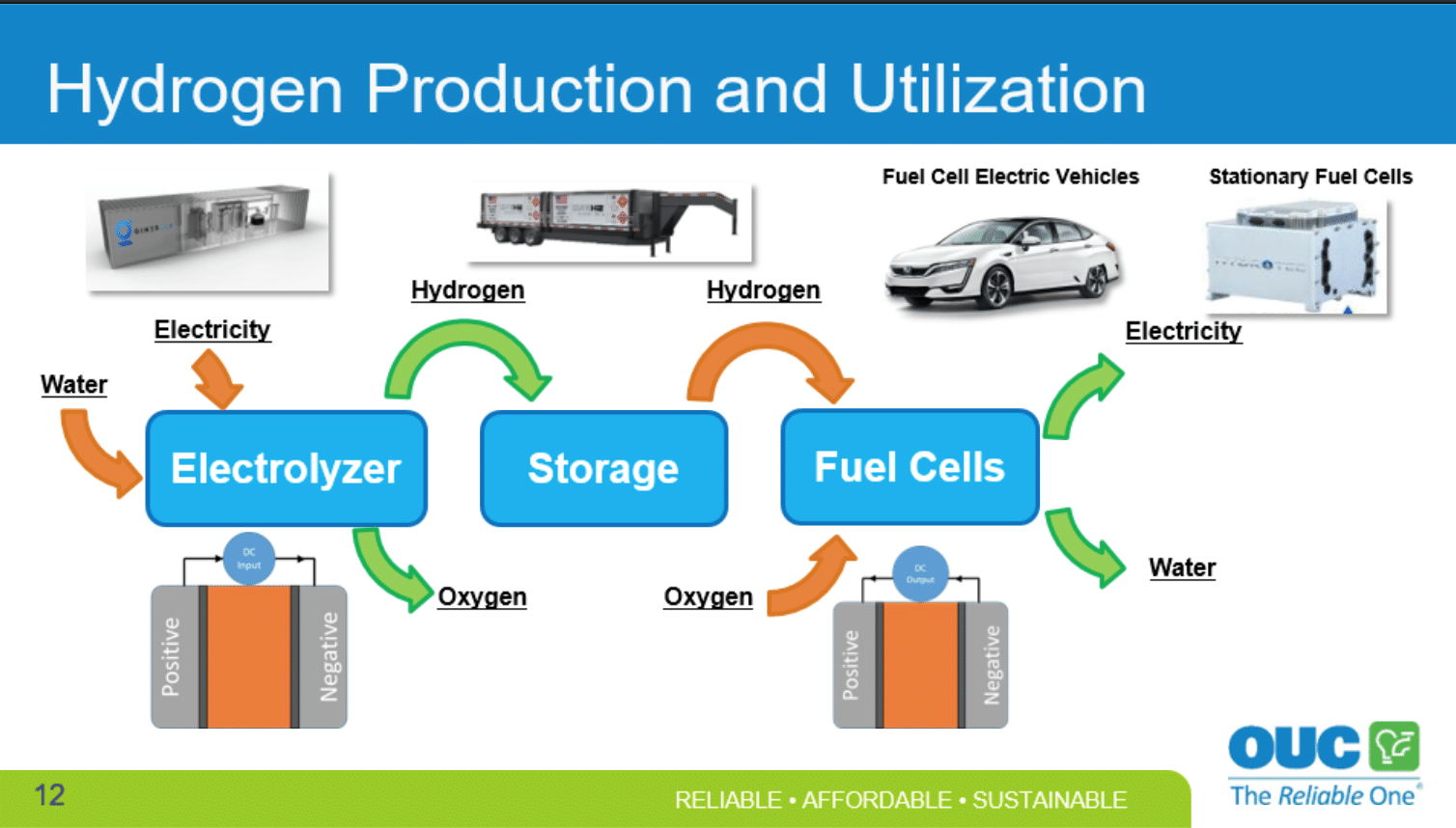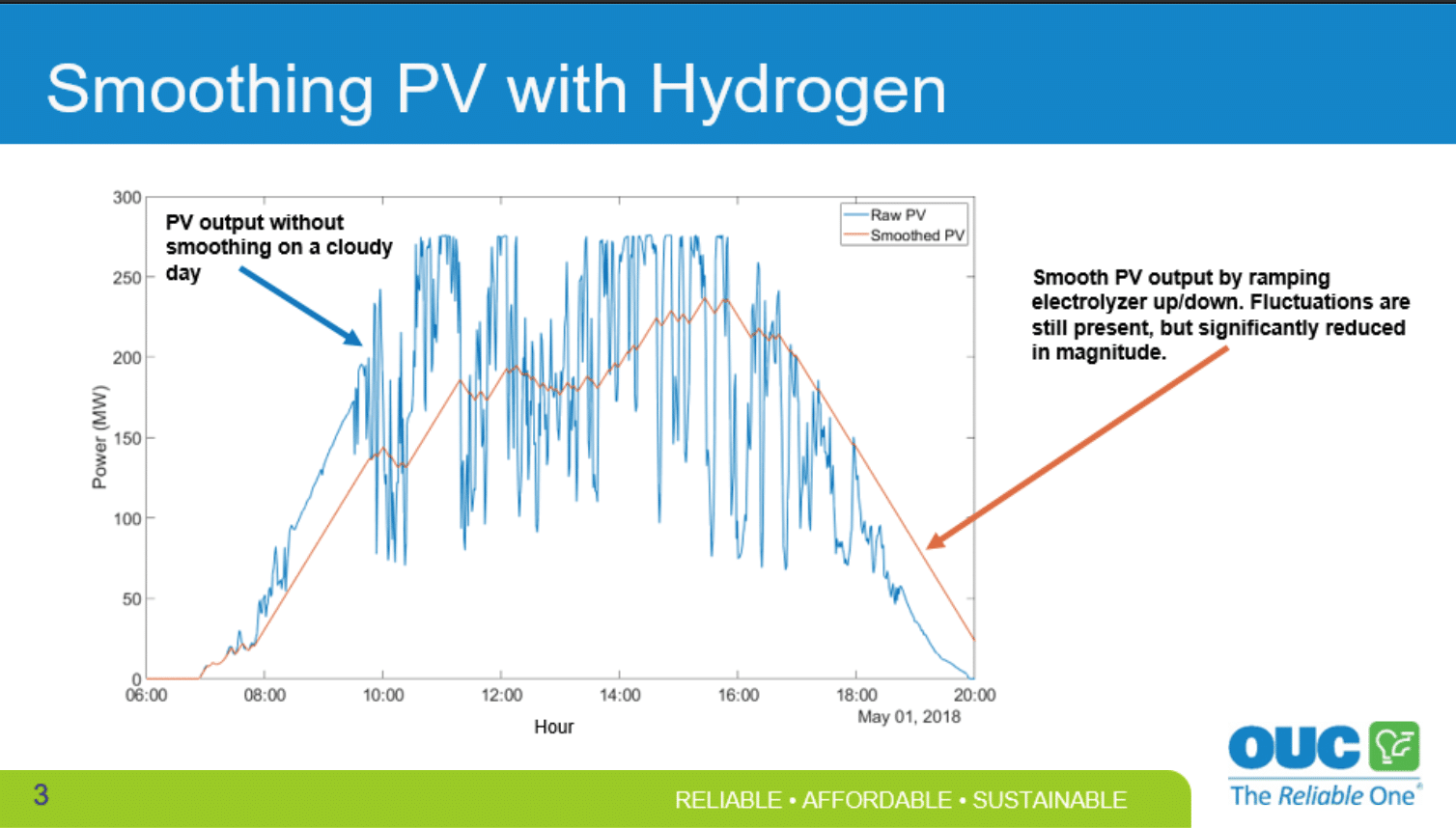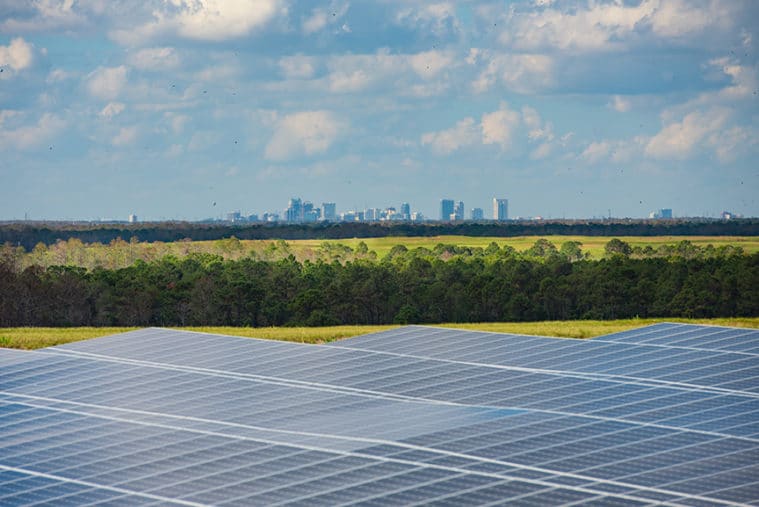It’s not often that a state, city or utility expanding its solar generation capacity dramatically becomes second-tier news. In fact, it’s typically so important that we at pv magazine have created the exponential capacity game to highlight projects or initiatives that achieve that lofty milestone.
Today, the Orlando Utility Commission is playing the exponential capacity game, as the utility is planning to add two 75 MW solar plants, both set to be located in Osceola County, Florida. The two projects would be owned by their developer, Invenergy, with OUC purchasing the full generational output for 20 years, estimated to cost more than $200 million. The twin projects represent a 117% increase in the utility’s generation capacity.
In truth, the projects are actually 74.5 MW. It’s common for projects to be cut at that size in Florida, as the Power Plant Citing Act requires that any generation facilities above that 74.5 MW capacity be subjected to another round of citing supervision, which can add costly time to an already long development process.
One of the projects is expected to reach commercial operation in December 2022, with the other coming exactly a year later in December 2023. What’s more is that the two projects will be partnered with a total of 10 MW of battery storage, with the option for additional storage to be added down the line.
As for benefits from OUC’s end, the projects would bring the utility’s solar generation portfolio to 10% of all retail sales, while establishing OUC as the #1 utility in the state in terms of solar watts per customer.
Hydrogen storage
On any other day and with any other utility, this would be the focus of the story: that’s relatively massive procurement (side question: is the term “relatively massive” a paradox?).
What’s really drawing attention to the mid-state utility is their plans to procure and have developed a hydrogen storage system, one with the expressed purpose of allowing OUC to bring even more solar generation onto the grid and create new EV initiatives, advancing adoption.

The reason for the focus on hydrogen paired with PV is the symbiotic nature of the two technologies. While we’ve covered at length before the great relationship of solar + battery storage, OUC argues that hydrogen storage goes above and beyond. The two keys to the effectivity of hydrogen storage are the abilities of the technology to “smooth” PV output and provide scaled-up storage duration.
The first point is a tricky one. On a large scale and including energy imports, PV output the intermittent nature of PV output can be controlled geographically: the energy grid is interconnected and it can’t be cloudy everywhere. Utilities with large service areas can draw generation from those areas where the sun is shining or simply import power. For a smaller utility like OUC, the luxury of size is not as feasible, which makes storage more important.

But batteries can also provide “smoothing”, the truly interesting and innovative aspect of hydrogen storage is the ability to upscale the system’s storage duration. With traditional lithium-ion battery storage, while the system’s power output can be scaled up, the storage duration has thusly been relatively limited. Traditionally that duration is four hours, though there have been projects where that limit has been pushed as high as six hours.
“I think one of the advantages of hydrogen is that you can actually de-couple the power vs. energy when you start scaling,” said Manager of Emerging Technologies and Renewables at Orlando Utilities Commission, Sam Choi. “That’s one of the limitations that we saw with your traditional battery storage. The energy and the power function, it’s kind of coupled together… I think that’s one of the unique facts of hydrogen we became attracted to: you can use that electrolyzer as a controllable load, so you can synch excess PV production into ramping that up and down. During that time, you’re storing that hydrogen and that hydrogen is independent of your power needs at the end of the day, and that’s really what we fell in love with about hydrogen.”
Choi also went on to share that this upcoming project is not anticipated to be a one-off endeavor, but more of a test-and-see installation to gauge the effectivity of greater hydrogen storage penetration in the future. The project is being partially funded by a $4 million grant from the U.S. Department of Energy.
“One of the key objectives of this grant here is that we’re going to be evaluating the economics of this hydrogen platform, where we’ll be producing, storing and utilizing that hydrogen,” said Choi. “I think that it’ll be key for us to understand; does all of the equipment perform as advertised? Is this something on a megawatt scale that we can scale up to? We do see some promise with hydrogen, especially when you see the cost of solar: where it is right now and where it’s projected to go, that the lower the cost of solar, the more economical hydrogen overall as a storage system will be.”
Therein lies the final symbiotic advantage of solar + hydrogen storage. All new technologies are inherently expensive, they need to be researched, tested, fixed and tested again, repeating until the exact optimal use and pairing is found. While financials can banish some technologies into the dark realm of financial unviability, the falling costs of solar make it the perfect generation partner candidate, as more funds can be diverted to the expense of innovation.
This content is protected by copyright and may not be reused. If you want to cooperate with us and would like to reuse some of our content, please contact: editors@pv-magazine.com.









By submitting this form you agree to pv magazine using your data for the purposes of publishing your comment.
Your personal data will only be disclosed or otherwise transmitted to third parties for the purposes of spam filtering or if this is necessary for technical maintenance of the website. Any other transfer to third parties will not take place unless this is justified on the basis of applicable data protection regulations or if pv magazine is legally obliged to do so.
You may revoke this consent at any time with effect for the future, in which case your personal data will be deleted immediately. Otherwise, your data will be deleted if pv magazine has processed your request or the purpose of data storage is fulfilled.
Further information on data privacy can be found in our Data Protection Policy.